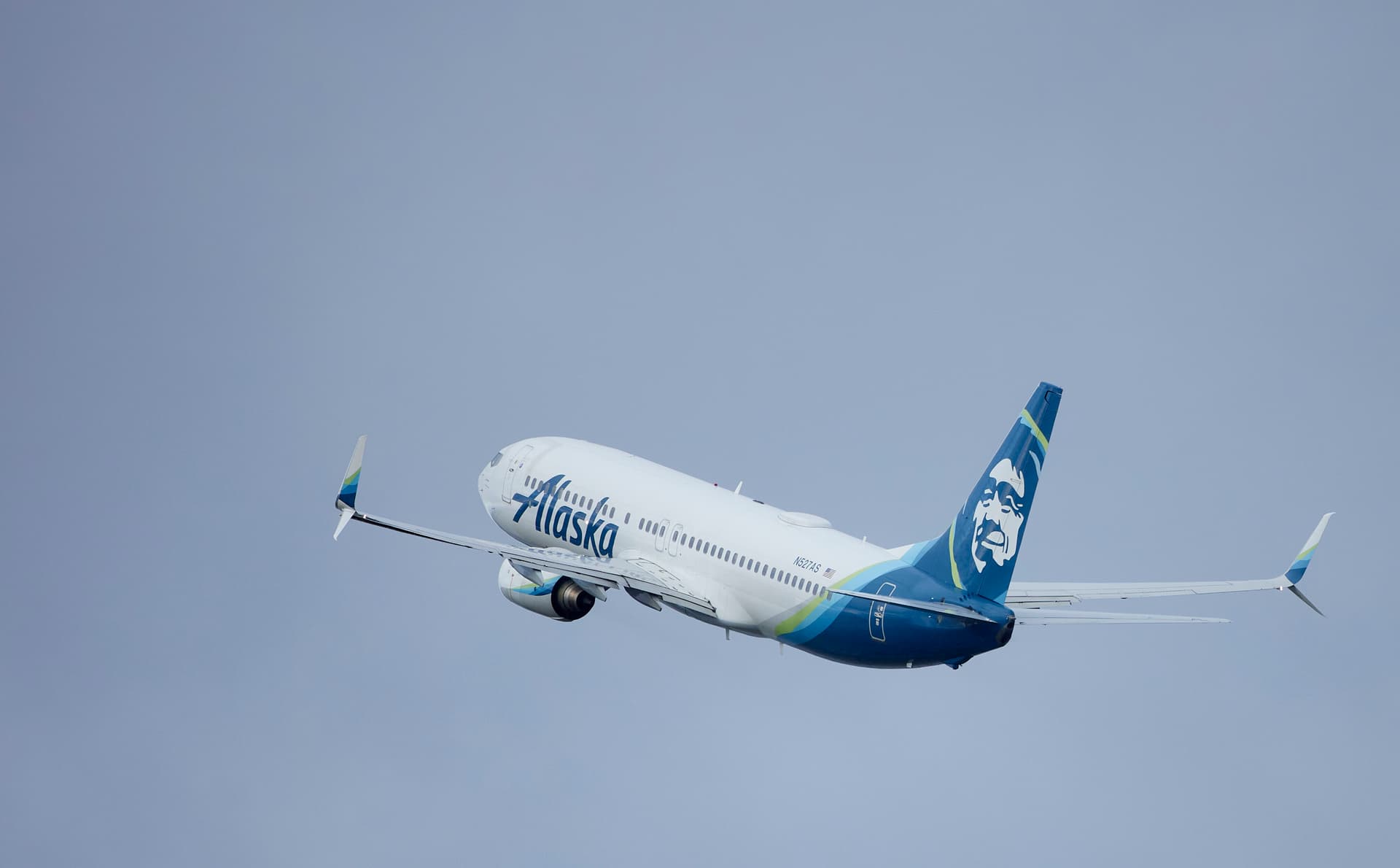FAA Opens Probes into Airlines Over Shutdown Flight Cuts
The Federal Aviation Administration said it will investigate U.S. carriers that did not comply with orders to reduce flights at 40 major airports during the autumn government shutdown, threatening fines up to $75,000 per noncompliant flight. The action raises questions about regulatory enforcement, airline incentives during crises, and the potential financial and operational fallout for carriers and travelers.

The Federal Aviation Administration announced on November 24 that it will send letters of investigation to U.S. airlines that failed to meet required reductions in scheduled service at 40 major airports during the government shutdown earlier this autumn. The FAA said its inquiry follows data from aviation analytics firm Cirium showing that carriers canceled far fewer flights than the agency required when it ordered cuts to ease strain on air traffic control systems during staffing shortages.
FAA Administrator Bryan Bedford warned that the agency could pursue civil penalties, which may reach up to $75,000 for each flight that exceeded the mandated limits. The letters mark a formal step toward enforcement after regulators concluded that compliance shortfalls merited closer scrutiny. The FAA did not identify which carriers will receive letters or how many flights may be under investigation.
The flight reduction orders were a contingency measure designed to reduce demand on air traffic controllers while staffing levels were constrained by the shutdown. Regulators said the orders were intended to protect system safety and maintain on time performance at airports where controllers were operating with diminished personnel. Cirium s data, which prompted the FAA response, indicated a substantial gap between the reductions the agency required and the cancellations that carriers executed.
The probe highlights a tension that emerged during the shutdown between revenue preservation and regulatory compliance. Airlines faced a choice between booking and operating flights to capture fares and avoid the cascading costs of rebooking and customer refunds, or canceling to comply with limits imposed for safety and operational reasons. Industry executives have argued that extensive cancellations impose heavy financial and reputational costs, while regulators contend that strict adherence is necessary to ensure safe traffic flow when controller capacity is limited.

For carriers, the potential financial exposure is meaningful. At the statutory maximum penalty, a relatively small number of violations could translate into multi million dollar fines. Beyond direct penalties, the investigation raises risks of operational constraints and heightened oversight in future disruptions. Investors will watch for any guidance on enforcement outcomes, potential reserve accounting for fines, and whether carriers alter scheduling behavior to avoid regulatory conflict in future crises.
Policymakers and industry analysts will also focus on root causes, most notably the fragility of air traffic control staffing and the broader resilience of aviation infrastructure to political disruptions. The FAA s move to punish noncompliance may spur airlines to adopt more conservative contingency planning, increasing preemptive cancellations in future shutdown scenarios to assure regulatory alignment, which could in turn raise consumer costs and dampen capacity.
The episode fits a broader post pandemic pattern of sharper regulatory scrutiny and tighter operational risk management in aviation. As lawmakers weigh long term fixes for staffing and funding, the FAA investigation underscores the immediate trade offs between maintaining airline schedules and enforcing safety driven limits when government operations are interrupted. The letters of investigation begin a process that could clarify the balance of incentives between carriers and regulators during national level disruptions.


